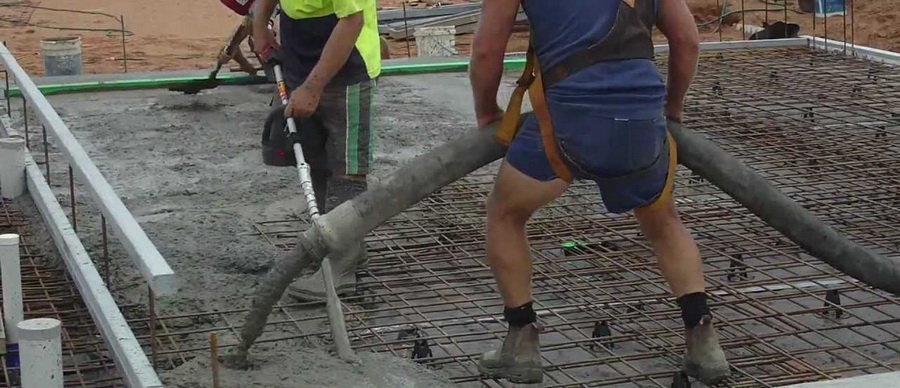Hi there. Previously, I alluded to the importance of having a solid foundation and footings for whatever structure you build. Typically, this is done with reinforced concrete, which also comes in various strengths with little tricks.
Quick History lesson about Concrete:
Quickly, a little history lesson for those of us who are not in the construction industry. Concrete has been around since the times of pagan Rome. It is magnificent under compression but lousy under tension. As my structural engineering professor painted a quick image, 1 MPa in concrete strength equals one elephant standing on the end of a matchstick. The usual strength of concrete for a house sitting on the ground is 20MPa. So, you have twenty elephants standing on this one matchstick. Now, that’s how strong concrete is. But how do we stop concrete from cracking and falling apart when the concrete is under tension? We add galvanized steel reinforcement, which comes in various shapes and sizes. Steel is magnificent under stress but relatively poor under compression. So, what do we do? Combine the two to make what is known as a composite slab or beams and columns.
What is Concrete Cancer and its Impact:
But there is one little issue that no one wants to talk about – concrete cancer. Concrete cancer is where the steel in a slab rusts and implodes. Once the steel has lost its tension strength, it’s useless and keeps on rusting away. So, what causes this? It’s a mixture of three things: eliminate any of them, and the cancer will not occur. What are they, Steel, Air, and Water?
The Struct. Engineer, and how he works.
We build from the bottom up, but the structural engineer starts from the top, working downwards, knowing that the dead load is from above so each floor can sustain the accumulative weight. And when he gets to the foundations, he knows what is required in the way of reinforcement for his slabs, beams, and columns to hold up whatever is above.
How Concrete is poured on Ground.
But have you ever looked at how concrete is poured on the ground and the prep work that goes into it? Firstly, a two-inch non-reinforced concrete screed is laid and made dead flat. Then, a plastic membrane is laid over to stop water from rising. Where the plastic membrane laps, it is joined with waterproof building tape. Then, the builder can put down the specified reinforcement steel as designed. After the certifying structural engineer has approved the laid-out steel, the builder is given the go-ahead to pour the concrete. Note that there are alternative to a plastic membrane such as, black bituminous paint with a min of two coats is paint so no pin-hole gaps exist. A third way is to use bituminous impregnated felt that is melted onto the screed. There is even a fourth way: adding a waterproof additive to concrete at the batching plant. All four methods prevent concrete cancer and give you a dry basement or ground floor slab.
Now we are just doing a backyard makeover so don’t freak, I’m just explaining the principles. But if it comes to pools, large solid open cabanas or a twenty-person sunken fire pit with seating and LED lighting we need to give a bit of added thought. Slabs and footings, be it indoors or outdoors, are very important. Some builders say you are going over the top. But as a responsible architect, I’m here to help/protect you, not help the builder put more profit into his pockets.
Project Managing is all about Scheduling.
Once we get this slab down and curried, we can move on to the next stage and apply anything, from tiles to carpet to whatever. And then we are off to the next trade for him/her to do their work. The curing period for concrete varies, depending on what you are doing, but in this down time its a good opportunity to start procuring materials for the next stage. In the meantime, sit back and have a taste of that good Belgium Beer – just not on the work site.


